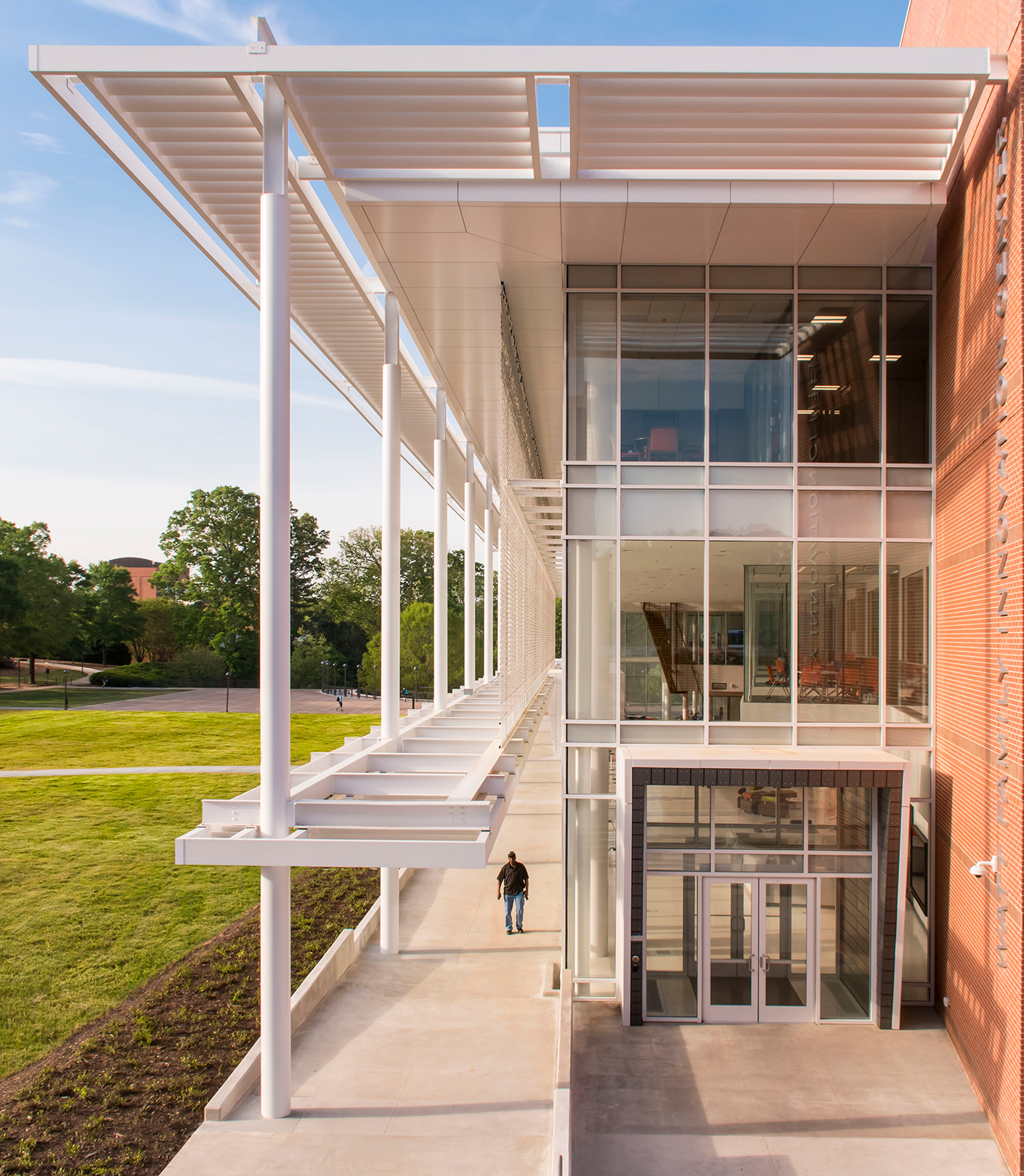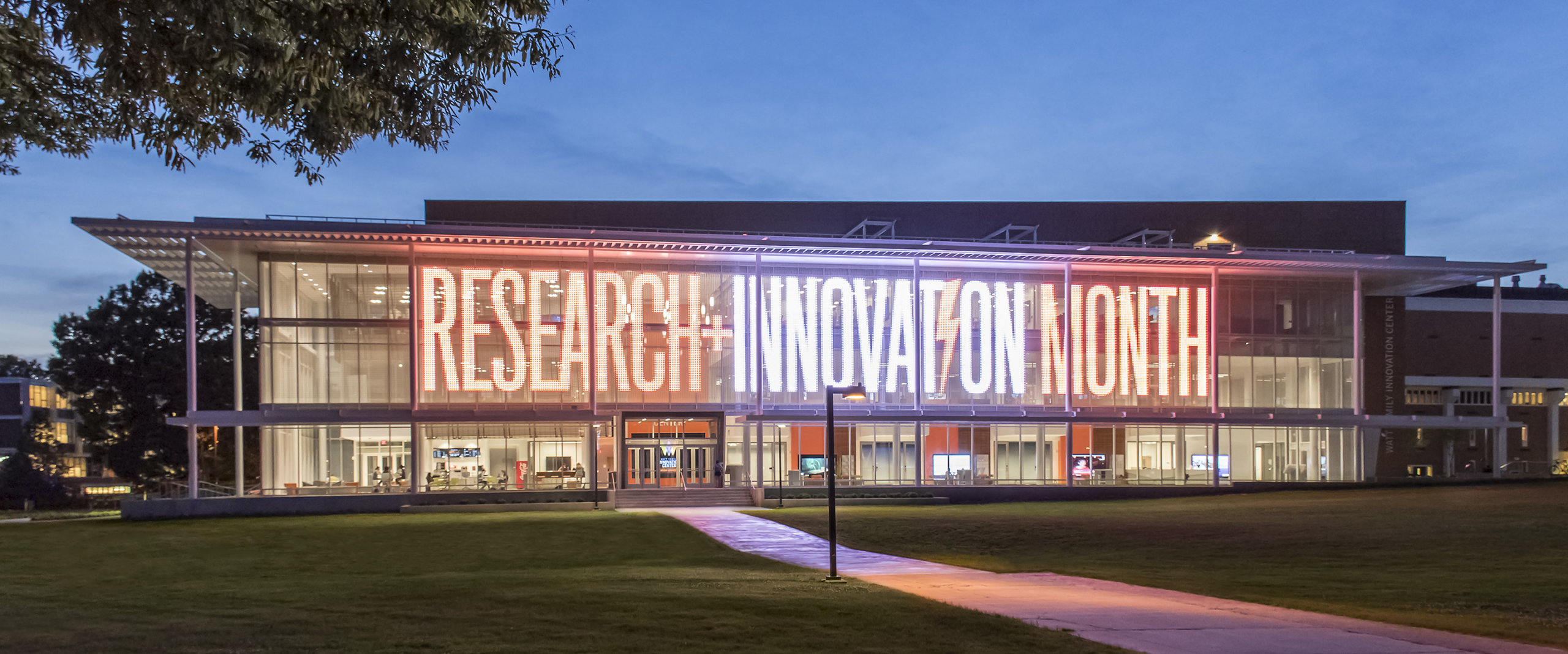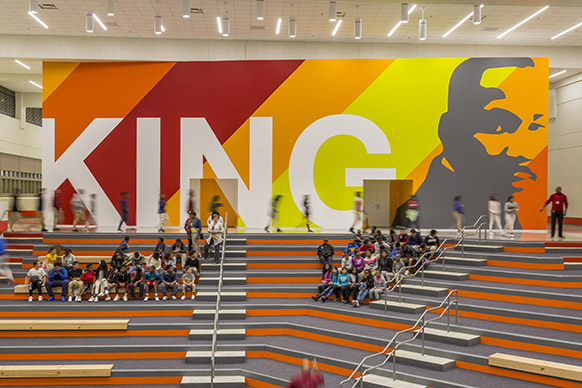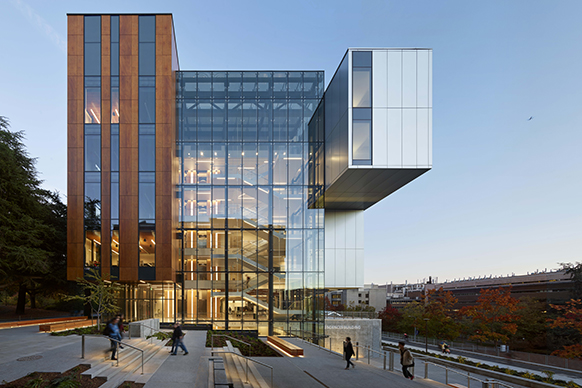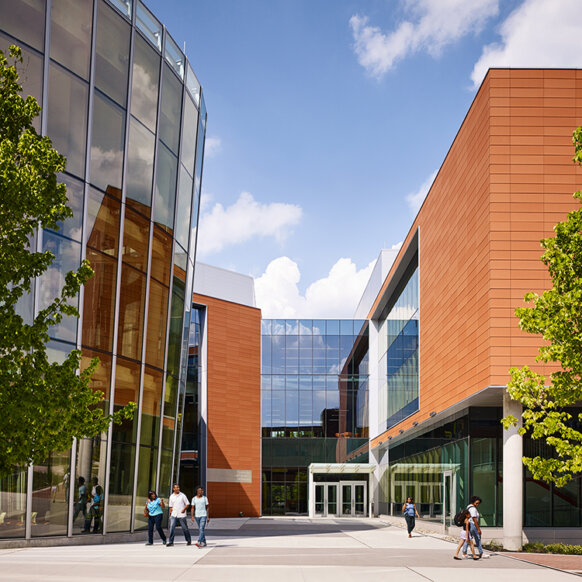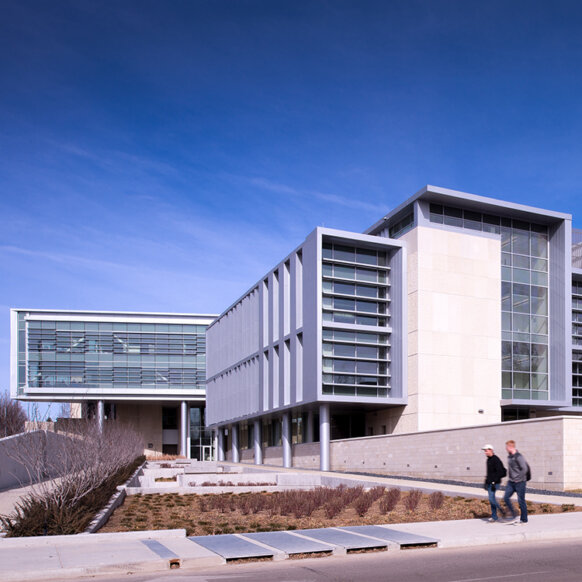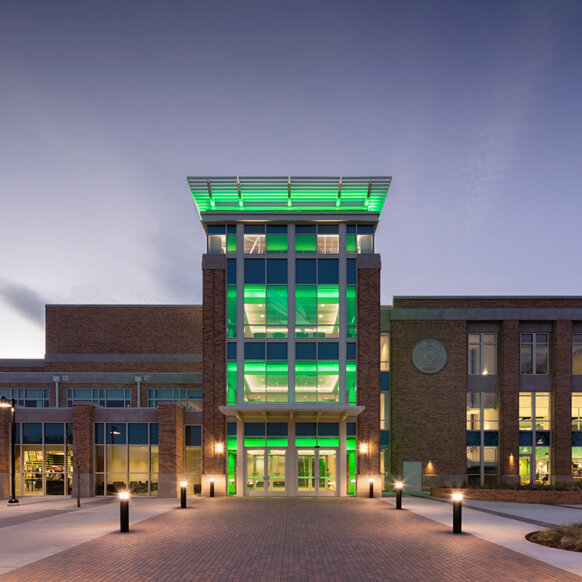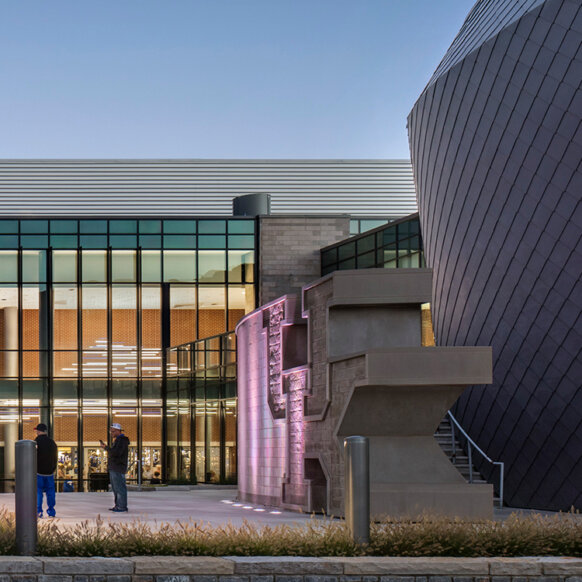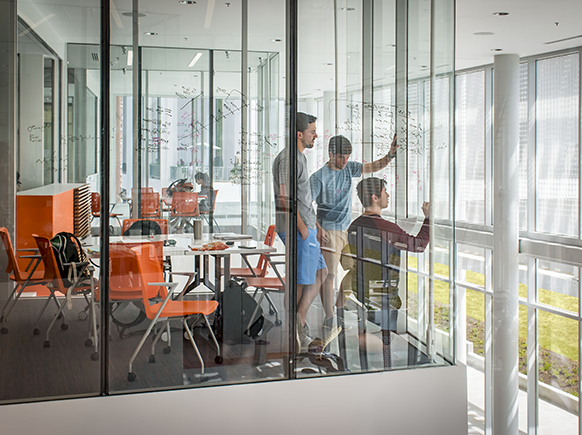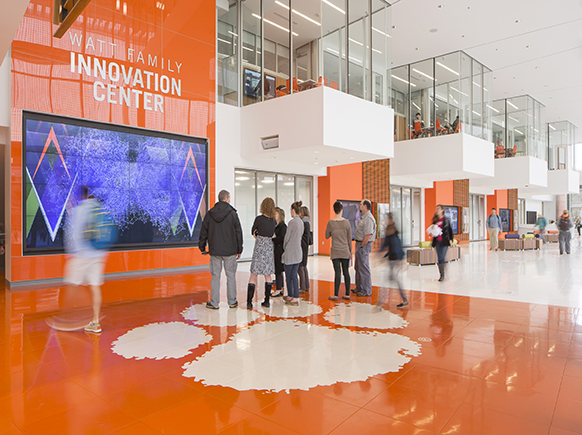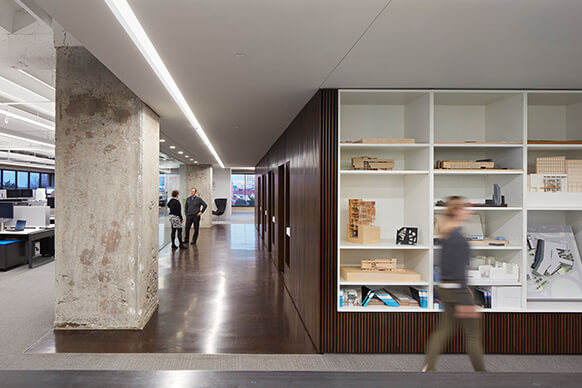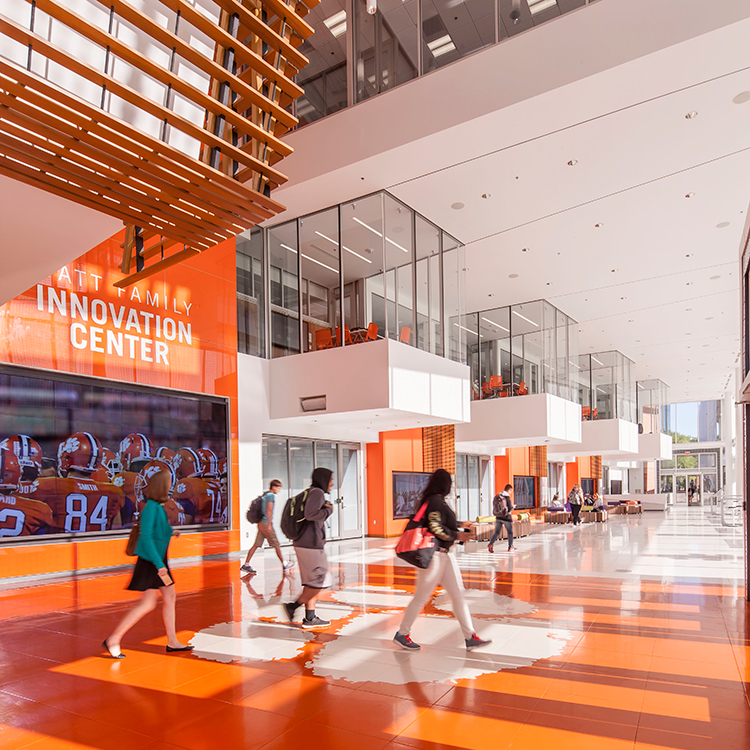
Clemson University, Watt Family Innovation Center
Clemson is a campus full of buildings that celebrate its past. Yet a new structure was needed to celebrate its future: Students with bright ideas for tech.
To strike a balance, the outside of the new building is brick to complement the historical aesthetics. Inside, it’s another world that pops with Tiger orange, suspended see-through “project lab boxes,” and a slightly elevated floor plan that accommodates wiring and conditioned air, all while supporting a movable wall system.
Industry quickly caught wind of the school’s vision and partnered up to mentor students to help them take their concepts to market. College school tours always stop here as an academic recruitment tool. And students adopted it as a favorite spot to be—studying, dining, experimenting, you name it.
Fostering collaboration between the various schools, the space has become a true “university facility” that belongs to everyone.
Fittingly, the center points to the quad—the place where students march to graduation.
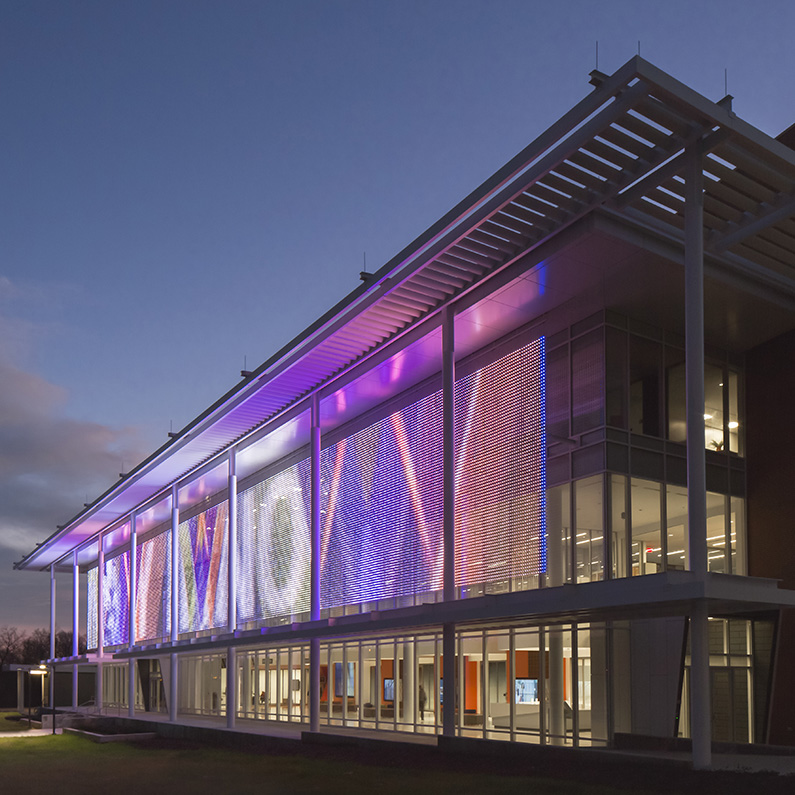
“Dream big,” they said. “And don’t worry about the budget.”
This larger-than-life request was not for the building, but for its audio video system dubbed “electronic architecture” for “the day after tomorrow” by the president. Oh, and “create something for the outside of the building that tells everyone about the innovation inside,” he added.
We came back with this: For the exterior, a type of “media mesh” that runs 209’ x 24’ and is made of more than 45,000 individual LED lights. When in use, it acts as part billboard, part light display—excitedly proclaiming what awaits inside.

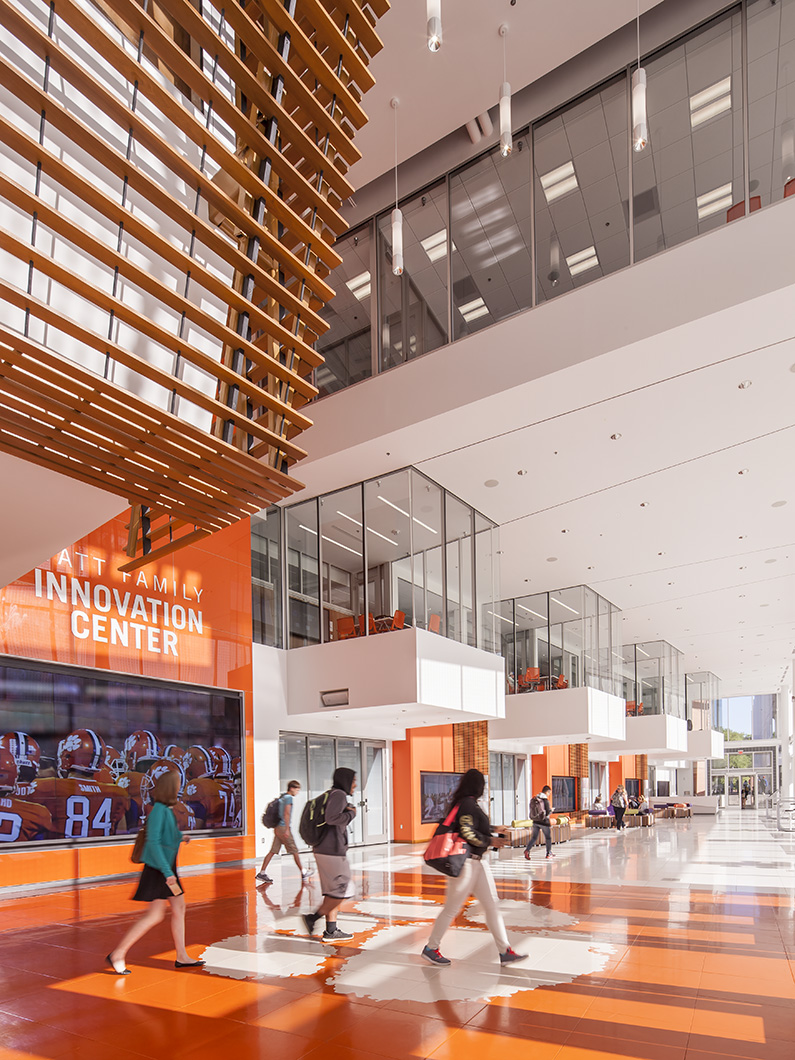
Dr. Charles Watt, Director and Founder of Watt Family Innovation Center, Clemson University
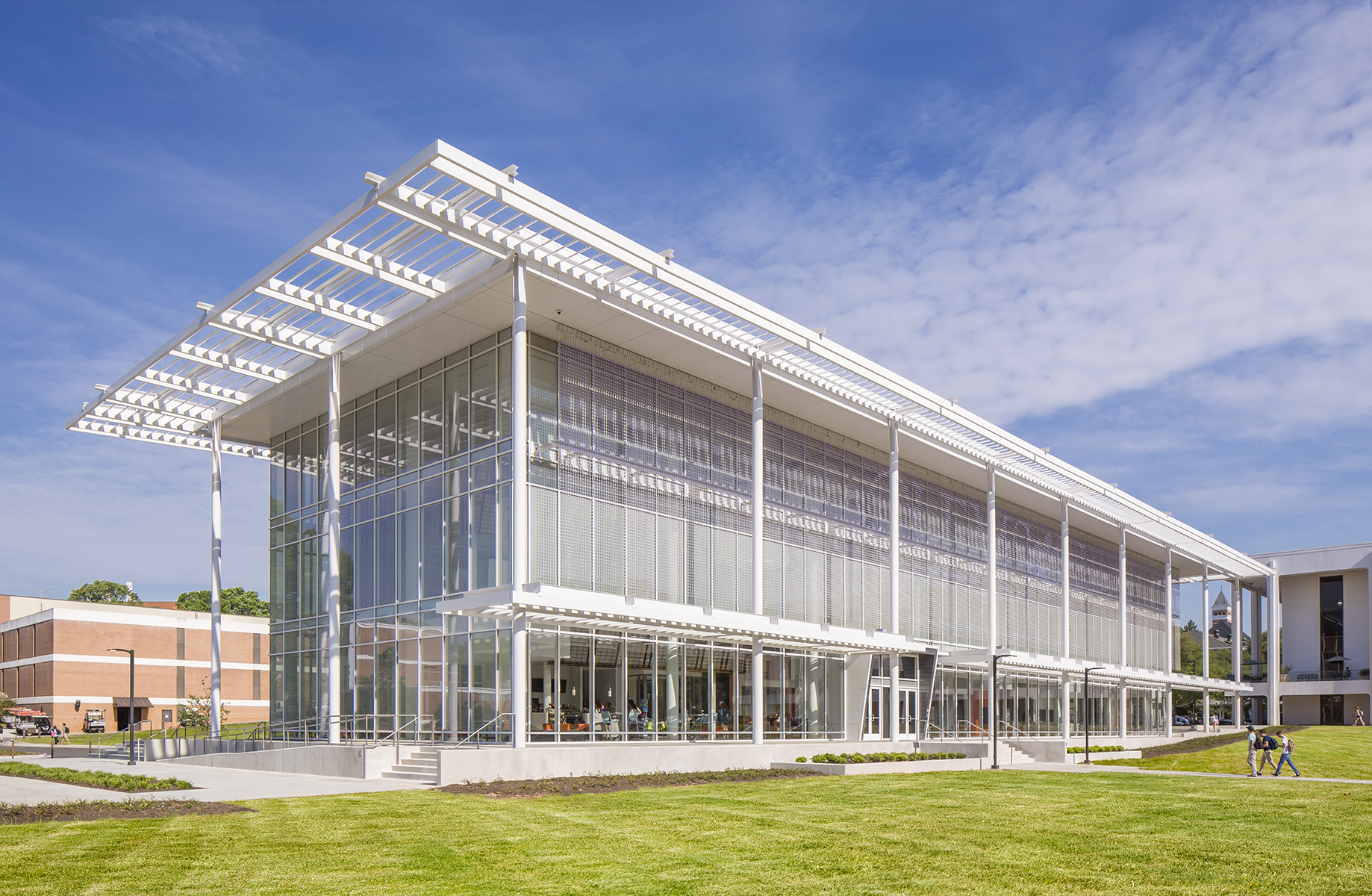
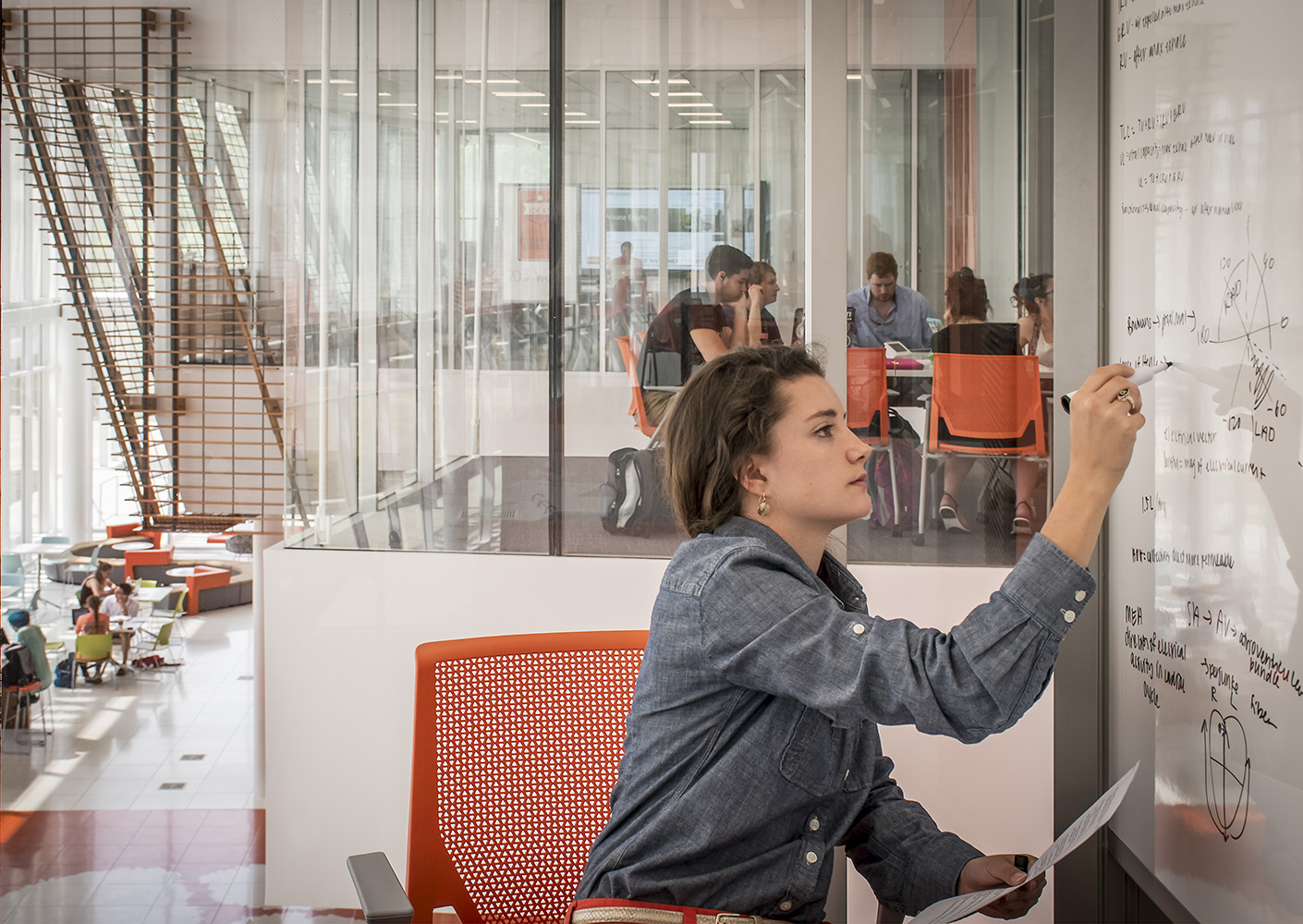
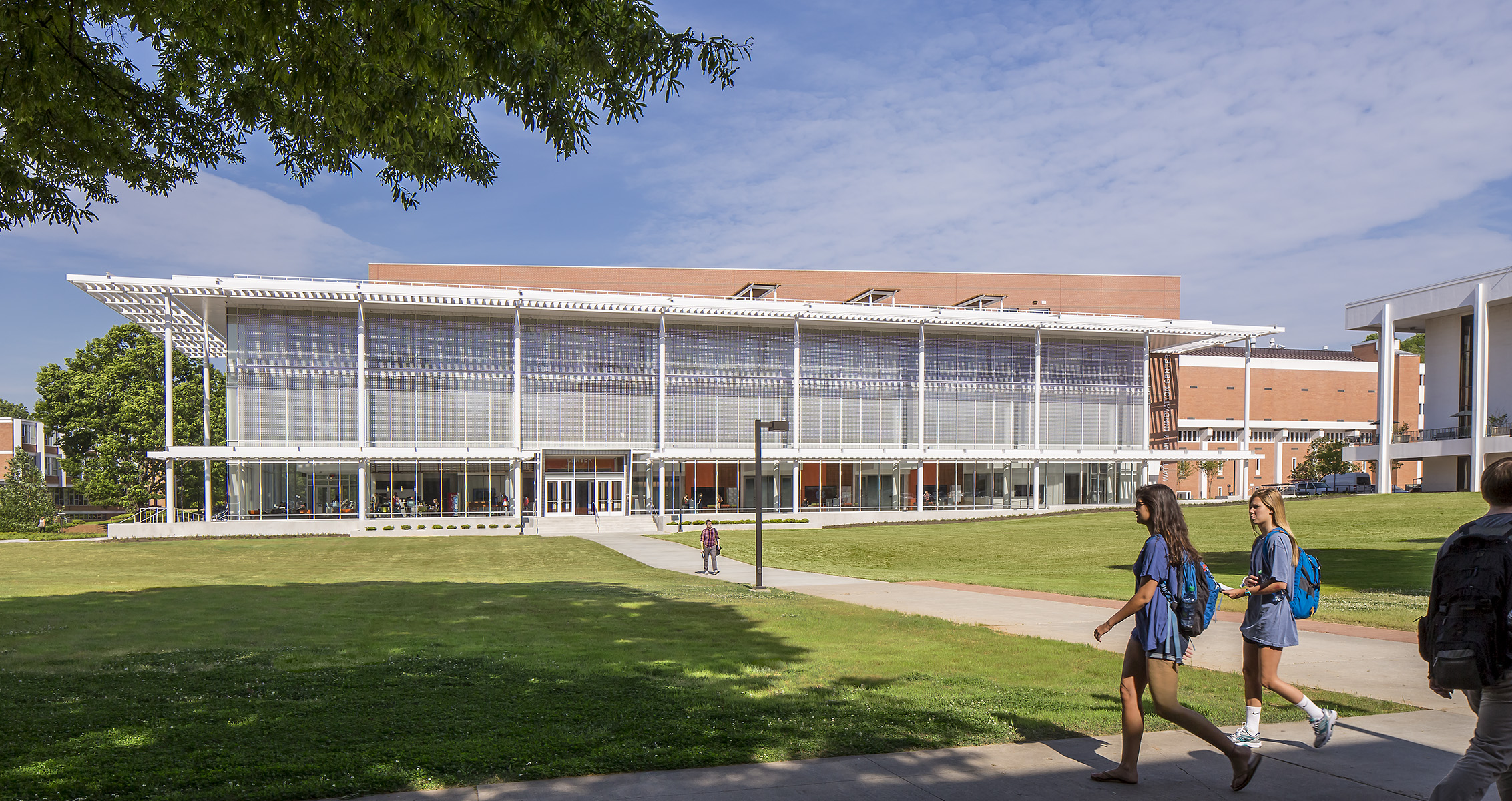
No need to wear your sunglasses indoors. The project team expressed an interest in daylight, glare, and energy studies for understanding occupant comfort within the atrium space. The team was curious to know if it was possible to show the improvement of thermal comfort and visual discomfort through options such as an exterior glazing film, solar shades or mechanical shading devices.
The project team worked with our internal energy researchers to analyze an applied exterior glazing film at the lower level, and understand how it reduces the glass visible transmittance, mitigates glare, and solar heat gain.
